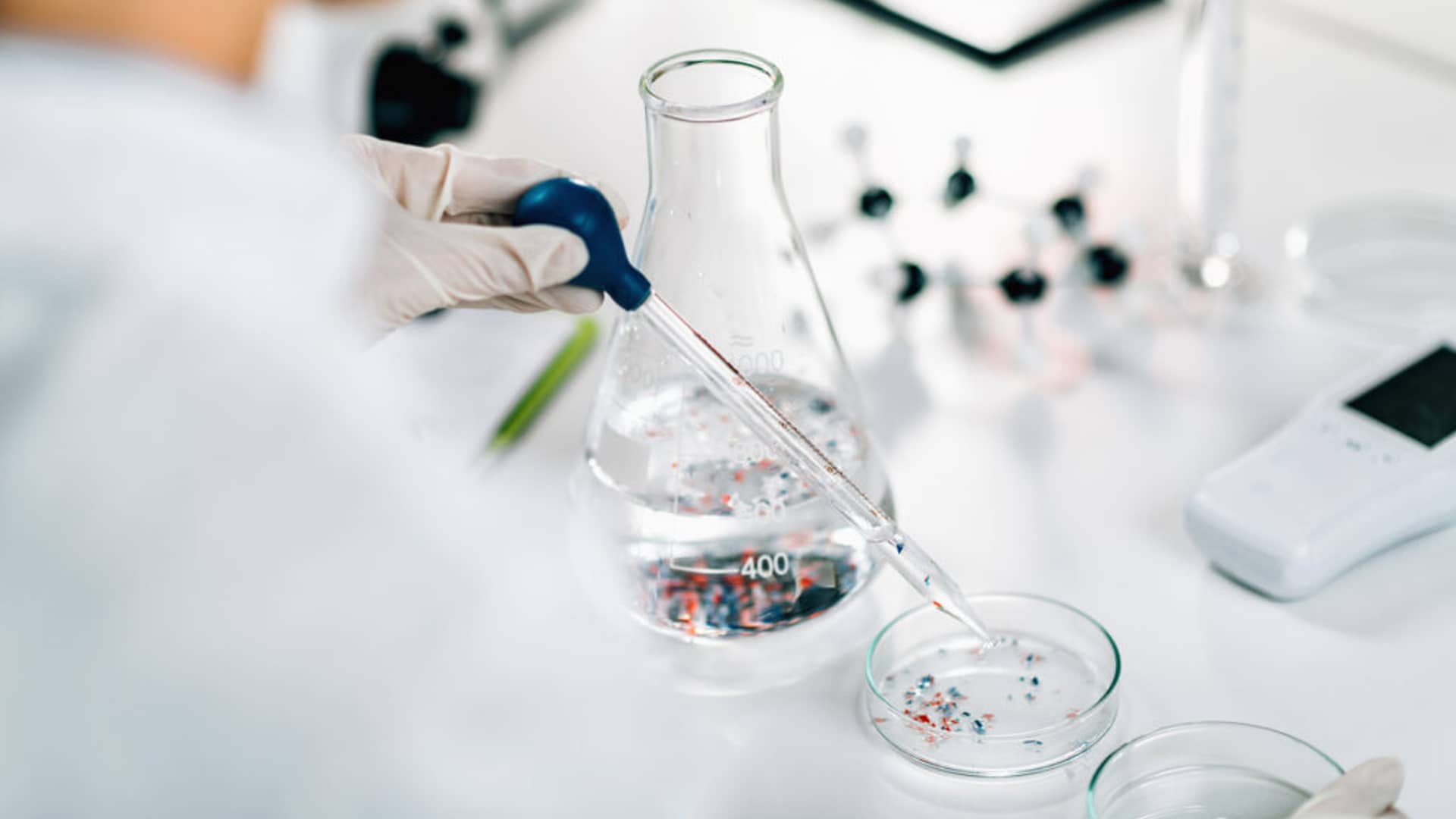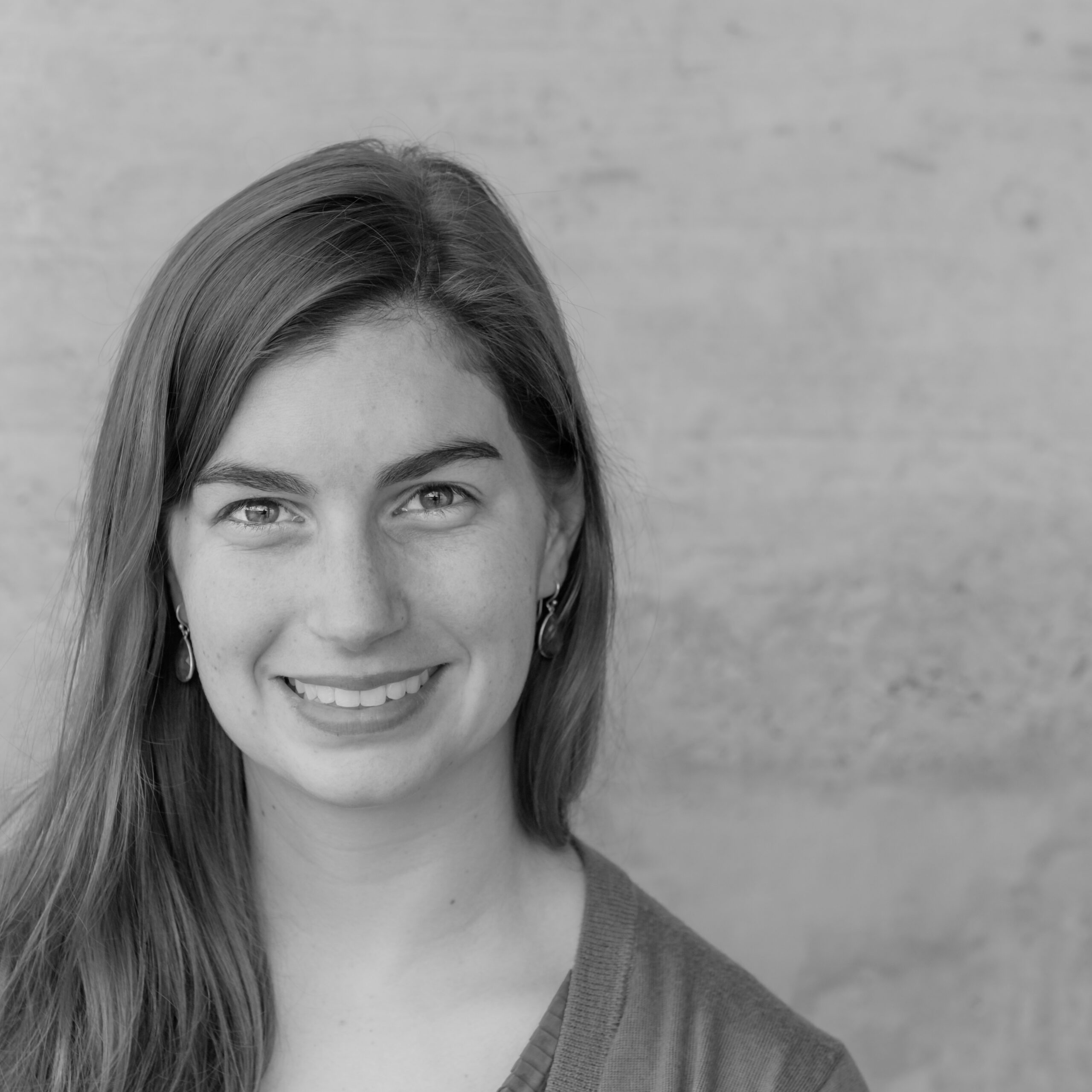
WG6 Leaders
Lead
WG6
Description
The main objectives of this WG are the validation of existing protocols for sample preparation and measurements (shape, size, abundance, and composition) in the range of N/MPs, through organization and the participation of PRIORITY laboratories in interlaboratory studies and comparison with different independent measurement principles. Not only will different environmental conditions/ecosystems be considered, but so will the environmental samples (organisms of different size and trophic levels, soils, sediment, water, plants, etc.). Additionally, this WG will provide recommendations on best practice to make data comparable and applicable for future studies with other working groups, stakeholders, and decision-makers.
WG6
Meetings
WG6 kick of meeting, 6th July 2022, hybrid (Brescia, Italy)
The aim of this meeting was to introduce PRIORITY COST Action objectives to the participants of WG6. Self-introduction of the participants was conducted. The structure of WG6 was discussed and the results of the survey about participants were presented. In addition, a road map for WG6 activities was discussed.
2nd WG6 meeting, 20th September 2023, hybrid (Brussels, Belgium)
Two lectures were organized as an introduction to the discussion:
“How reliable is my and the literature data – what can be improved. A soil scientists perspective” by Anita Jemec Kokalj
“Basic metrological aspects with special consideration of MNP measurements” by Thomas C. Meisel,
Planning of a WG6 workshop related to Standardisation and Metrology.
Main topics of the discussion were: metrological concepts, method development, method validation, measurement uncertainty, preparation of testing materials, reference materials (availability, certification and proper use)
WG6
Activities
- Task 3 Mapping of European and non-European projects
Within WG6, a dedicated activity was carried out to map ongoing and recently completed European and international research projects related to micro- and nanoplastics. This task was implemented through a Virtual Mobility Grant (September–October 2023), with the objective of building a comprehensive overview of the global MNP research landscape and identifying synergies among existing initiatives.
The work involved a systematic analysis of the CORDIS database, screening over 550 EU-funded projects using the keywords microplastics, nanoplastics, and plastics. Each project was manually reviewed according to its objectives, funding period, and consortium composition, resulting in a curated dataset that includes institutional affiliations, geolocations, and research domains. To complement this, a survey was distributed among PRIORITY members, yielding 166 responses that helped identify additional projects, partners, and collaborations not captured in CORDIS.
The resulting dataset was structured into a coherent geospatial database and visualized through static and interactive map products, representing more than 280 institutions worldwide active in MNP-related research. The maps provide a clear overview of the geographical distribution of partners, research themes, and temporal evolution of the field, enabling users to explore connections among EU and non-EU projects.
This activity achieved its objectives by:
- Establishing an open and harmonized overview of the MNP research landscape.
- Supporting PRIORITY’s goals of coordination, capacity-building, and stakeholder networking.
- Contributing to Deliverable 10 on datasets and benchmarking data.
Although the detailed report remains internal for the moment — as it may form the basis for a future perspective publication — the mapping effort already serves as a key reference for aligning European research, metrology, and standardization initiatives on micro- and nanoplastics.

- Mapping of existing interlaboratory comparisons (ILC) and proficiency testing programs (PT) related to M/NP
As part of WG6 activities on metrology and standardization, a Virtual Mobility Grant (September–October 2024) was dedicated to the mapping of past, ongoing, completed, and prospective interlaboratory studies (ILS) and proficiency testing (PT) programs related to micro- and nanoplastics (M/NP). This initiative aimed to create a comprehensive overview of collaborative analytical exercises conducted worldwide and to identify existing gaps and needs for future harmonization efforts.
A survey was designed and disseminated to all PRIORITY members (≈500 participants), as well as to representatives from National Metrology Institutes, standardization committees, and regulatory bodies. The survey explored three main areas:
- Past ILS/ILC experiences, including matrix types, polymer classes, analytical techniques, and encountered challenges.
- Ongoing interlaboratory activities, highlighting coordination structures, participant profiles, and test objectives.
- Expressions of interest for future ILS, gathering input on priority research questions, methodological needs, and areas requiring technical or expert support.
The survey remained open for two weeks in October 2024 and collected 128 responses from both European and non-European participants (including Australia, Mexico, Canada, Israel, and Nigeria), ensuring a wide geographical and disciplinary coverage. The results were analysed and consolidated into an informative report summarizing all identified ILS initiatives, both official (metrology-led) and informal (research-driven), along with participant expertise and analytical approaches.
The resulting report provides the first comprehensive map of interlaboratory testing efforts in the M/NP field, covering key aspects such as:
- Matrices investigated and corresponding analytical techniques.
- Types of polymers and materials tested.
- Level of methodological maturity and traceability achieved.
- Main challenges and emerging research needs identified by participants.
This work achieved its intended objectives by:
- Creating a centralized and accessible overview of ongoing and past ILS and PT activities.
- Highlighting overlaps and gaps among research, metrology, and regulatory initiatives.
- Supporting PRIORITY’s objectives on harmonization, capacity building, and benchmarking datasets (Deliverable 10).
The outcomes of this VM form the scientific foundation for a perspective paper currently in preparation, co-authored with partners from the PlasticTrace project, discussing how interlaboratory studies can be effectively designed and interpreted from both metrological and research viewpoints. This publication will serve as a bridge between the two communities and as a reference document for future coordination of ILS activities within and beyond PRIORITY.
Future follow-up actions include direct engagement with metrology institutes and research networks to develop a living database of ILS and PT exercises, ensuring that the information remains up to date and supports continuous harmonization in micro- and nanoplastics measurement.
- Organization and coordination of interlaboratory comparisons and round robin tests
Within WG6, activities on metrology and standardization included the organization and coordination of interlaboratory comparisons (ILCs) and round robin tests aimed at evaluating the reproducibility and comparability of microplastic measurements across different analytical techniques.
A first pre-test exercise, known as the “Water Kettle Comparison Study”, was conducted to explore the feasibility of implementing an ILC within PRIORITY under no-budget conditions. The objective was to assess the release of microplastics during boiling processes and to compare the results obtained using various complementary analytical methods, including spectroscopic and thermal techniques.
- The pre-test raised several methodological questions, such as:
How to design and coordinate an ILC without dedicated funding; - How to simplify and clarify experimental protocols;
- Whether the particle size range produced was suitable for the analytical techniques involved;
- And whether measurement results were reproducible within and between laboratories.
The exercise highlighted several key findings. The proposed protocol required simplification to improve clarity and ensure consistent execution among participants. A large proportion of the generated particles were smaller than 20 µm, which challenged the detection limits of some analytical techniques. As a result, reported particle counts and size distributions varied across methods, primarily due to differences in lower size thresholds and data evaluation settings.
Based on these insights, WG6 concluded that future interlaboratory studies should rely on simpler and more controlled test materials, such as microplastic suspensions of defined size and known polymer composition. These materials would allow laboratories to test identification accuracy and reproducibility under harmonized conditions, including both number- and mass-based quantification approaches.
Ultimately, the group recognized that rather than organizing new ILCs within PRIORITY itself, the most effective strategy is to collaborate with and support existing interlaboratory initiatives coordinated by metrological institutes and other established organizations. By contributing expertise, participants, and harmonized methodological recommendations, PRIORITY can best advance the shared goal of achieving robust, traceable, and internationally harmonized protocols for micro- and nanoplastic analysis.
- Coordination amongst PRIORITY working groups
The goal is to understand the needs and to harmonize activities amongst WG this subgroup will participate in the activities of the other WG and provide recommendations concerning harmonization and standardization. Tight collaboration with the WGs Collaboration Coordinator, Gabriela Kalčikova.
WG6
Completed or ongoing activities
- Report of connections with liasoning bodies, such as standardization entities (ISO, CEN, and corresponding National standardization bodies), regulation entities (European Commission), pre-normative research networks (VAMAS), metrology institutes and stakeholders.
- Draft preparation of standard documents (inputs to standardization) in collaboration with expert participants in all the WGs
- Workshop and Trainings
As part of its capacity-building and knowledge-sharing activities, WG6 organized two dedicated training events in Ljubljana (Slovenia), both focused on strengthening metrological understanding and harmonization practices in micro- and nanoplastics research.
The first edition, “Basic Concepts of Metrology and Standardization” (16 April 2024), introduced participants to the fundamental principles of measurement traceability, uncertainty estimation, calibration, and interlaboratory comparability, providing a solid foundation for applying metrological approaches to M/NP analysis.
The second edition, “Current and Future Metrology and Chemometrics in Microplastic Research” (25 March 2025), explored more advanced topics, including data evaluation, chemometric tools for spectral analysis, uncertainty propagation, and the integration of metrological principles into analytical workflows. The event also strengthened the connection between the scientific and standardization communities, with contributions from representatives of National Metrology Institutes and ongoing European projects.
Following the success and strong participation in both editions, a third training school is already planned for 2026, ensuring the continuation of this educational initiative and confirming WG6’s long-term commitment to advancing metrological literacy and harmonization in the microplastics research community.
- PlasticsFatE Expert Stakeholder Workshop
WG6
Future/planned activities
- PlasticsFatE Expert Stakeholder Workshop
The participating of PRIORITY at the PlasticsFatE Expert Stakeholder Workshop “Recommendations for Micro- and Nanoplastics Standards, Policy & Regulations: Finding out the needs of regulators & standardisation bodies, industry, researchers, NGOs, and consumers” will help to better understand the needs of the MNP community. Here too, PRIORITY acts as a communicator/bridge to the standardization committees.
- Two-day Workshop and Training
A two-day workshop and training organized by the WG6 and the CG is planned for the third quarter of 2024. The topics covered are the harmonization of measurement procedures and the creation of measurement protocols, definitions related to MNP measurement (metrological aspects), the proper use of reference materials and the production of test materials.
WG6
Useful documents
- Public document: ISO definitions of key terms for plastic pollution
- ISO/TR 21960:2020 – Plastics - Environmental aspects - State of knowledge and methodologies
- ISO 24187:2023 - Principles for the analysis of microplastics present in the environment
- ISO 4484-1:2023 - Textiles and textile products — Microplastics from textile sources — Part 1: Determination of material loss from fabrics during washing
- ISO 4484-2:2023- Textiles and textile products- Microplastics from textile sources - Part 2: Qualitative and quantitative analysis of microplastics
- ISO 4484-3:2023 - Textiles and textile products — Microplastics from textile sources — Part 3: Measurement of collected material mass released from textile end products by domestic washing method
- ISO/CD 16094-1 - Water quality — Analysis of microplastic in water — Part 1: General and sampling for waters with low content of suspended solids including drinking water
- ISO/DIS 16094-2 - Water quality — Analysis of microplastic in water — Part 2: Vibrational spectroscopy methods for waters with low content of suspended solids including drinking water
- ISO/CD 16094-3 - Water quality — Analysis of microplastic in water — Part 3: Thermo-analytical methods for waters with low content of suspended solids including drinking water
- ISO/DIS 5667-27 - Water quality — Sampling — Part 27: Guidance on sampling for microplastics in water
- ISO 20753:2018(en) Plastics — Test specimens
- ISO/TR 23891:2020; ISO 4611:2010(en) Plastics — Determination of the effects of exposure to damp heat, water spray and salt mist.
WG6
Technical committees
Technical committees which are/may be involved in microplastics issues
- CEN/TC 249 Plastics
- CEN/TC 61 Plastics
- CEN/TC 261 Packaging
- ISO/TC 122 Packaging
- CEN/TC 392 Cosmetics
- ISO/TC 217 Cosmetics
- CEN/TC 366 Materials obtained from end-of-Life Tyres (ELT)
- ISO/TC 45 Rubber and rubber materials
- CEN/TC 248 Textiles and textile products
- ISO/TC 38 Textile
- CEN/TC 165 Waste water engineering
- CEN/TC 230 Analysis of water
- ISO/TC 147 Water quality
- CEN/TC 308 Characterization and management of sludge
- ISO/TC 275 Sludge recovery, recycling, treatment and disposal
- CEN/TC 345 Characterization of soil
- ISO /TC 190 Soil quality
- CEN/TC 444 Test methods for the environmental characterization of solid matrices
- CEN/TC 264 Air quality
- ISO/TC 146 Air quality
WG6
State of the art
WG6 participants
- Doi: 10.1007/s10311-023-01652-9
- Doi: 10.1021/acs.est.8b05297
- Doi: 10.1016/j.jhazmat.2021.127529
- Doi: 10.3390/molecules27165172
- Doi: 10.1021/acs.est.3c04180
- Doi: 10.1021/acs.est.3c01192
- Doi: 10.1021/acssuschemeng.3c03221
- Doi: 10.1016/j.envpol.2022.119933
- Doi: 10.1016/j.watres.2020.116572
- Doi: 10.1016/j.watres.2021.117409
- Doi: 10.1016/j.scitotenv.2023.166513
- Doi: 10.1007/s00216-023-04580-3


